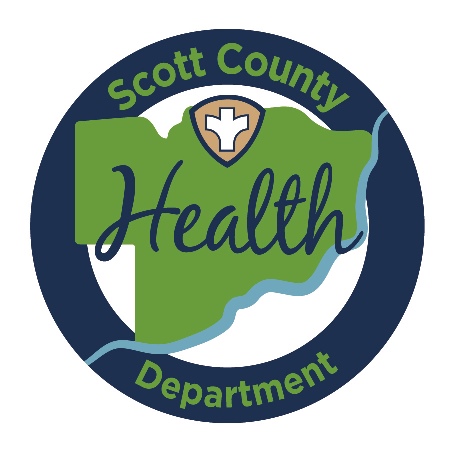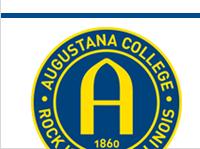
2016-2017: Scott County, Iowa and the Scott County Health Department
Course
ACCT 445: Accounting Seminar
Document Type
Student Paper
Publication Date
2017
Disciplines
Accounting | Civic and Community Engagement | Public Health
Description, Abstract, or Artist's Statement
Lead poisoning is an environmental as well as social problem. Areas with more older housing and higher rates of poverty are also the areas with the most lead poisoned children. Though the United States banned the use of lead paint in in 1978 and lead poisoning is preventable, lead poisoning remains a public health problem. Homes built before 1978 may pose risk of lead paint exposure, but of special concern to Scott County are the number of homes built before 1950.
Scott County, Iowa is home to some of the oldest housing units in the U.S. Iowa ranks fifth among the states in the percentage of housing built before 1950 and third in percentage of housing built before 1940. While the national average of pre-1950 homes is 22.3%, Scott County’s pre-1950 housing stock is 30%. Pre-1950 housing stock rises to 77% in the census tracts 106 through 112 in the City of Davenport. It is in these pre-1950 homes where children in Iowa are most at risk.
Scott County’s poverty level of 7.7% exceeds the state average, and the incidence of lead poisoning at 2.2% is more than double the national average of 1.0%. The incidence of lead poisoning in the census tracts 106 through 112 in the City of Davenport reaches 3.8%, nearly quadruple the national average.
In 2016, Scott County Health Department officials reached out to the Sustainable Working Landscapes Initiative (SWLI) program at Augustana College to begin a partnership addressing this environmental problem in our community. Students in the Winter 2017 term researched a variety of possible funding opportunities to help with the environmental problem through financing a project to resolve the issue.
Augustana Digital Commons Citation
Delaney, Dr. John and Poynor, Brittany A.. "Exploring Alternative Funding Methods for the Lead Remediation Program in Scott County, Iowa" (2017). 2016-2017: Scott County, Iowa and the Scott County Health Department.
https://digitalcommons.augustana.edu/swliscott/3
